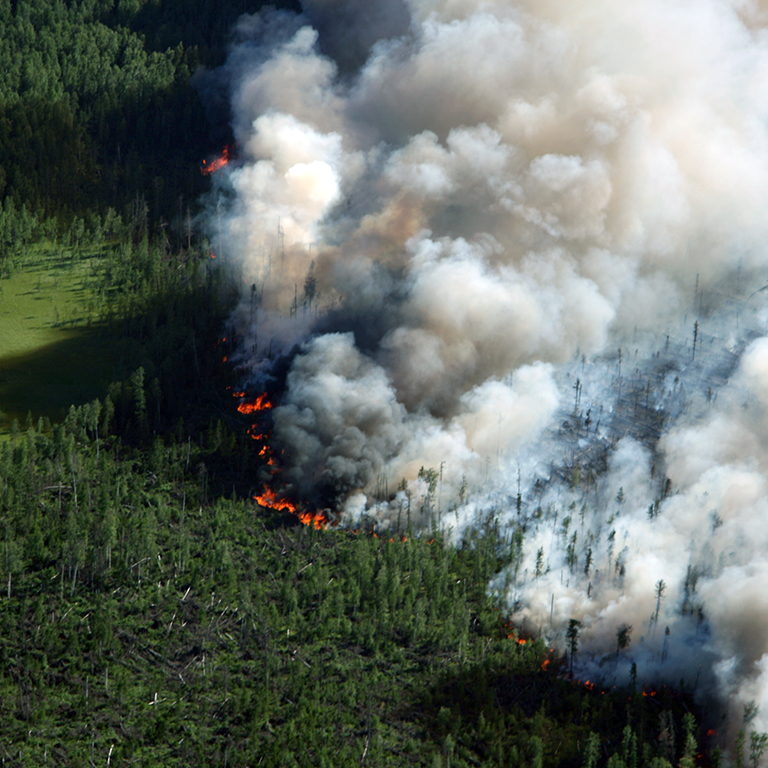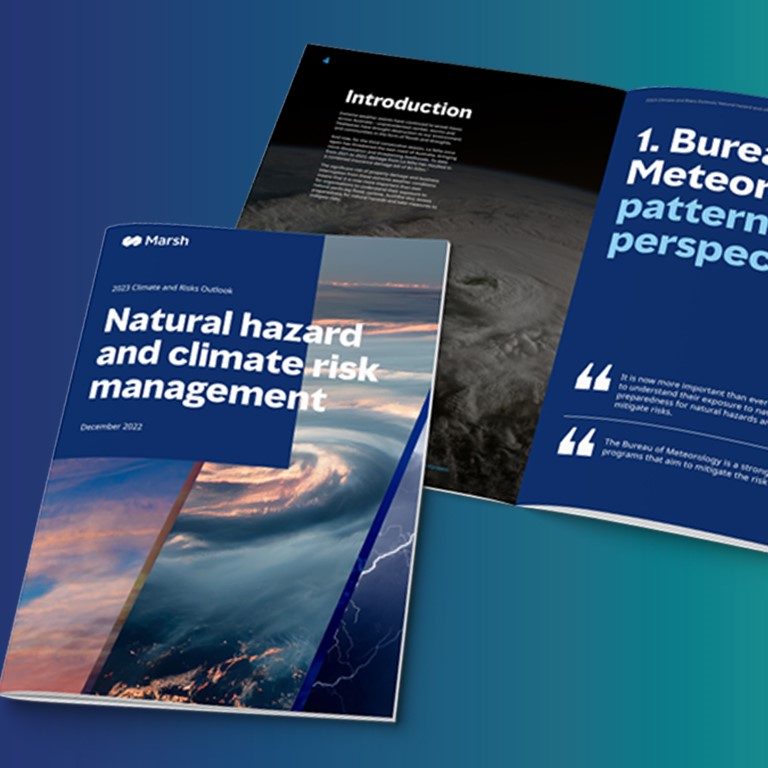- Argentina(Español)
- Österreich (Deutsch)
- Belgium(English)
- Belgique (Français)
- België(Nederlands)
- Brasil (Português)
- Canada(English)
- Canada (Français)
- Chile(Español)
- China(Chinese)
- Colombia(Español)
- Czechia(Czech)
- Denmark(Danish)
- República dominicana(Español)
- France (Français)
- Deutschland (Deutsch)
- Hungary(Hungarian)
- Italia(Italiano)
- 日本(日本語)
- Kazakhstan(Kazakh)
- Kazakhstan(Russian)
- Luxembourg(Français)
- Mexico(Español)
- (Français)
- Nederland(Nederlands)
- Panamá(Español)
- Perú(Español)
- Poland(Polish)
- Portugal (Português)
- Puerto Rico(Español)
- Romania(Romanian)
- Slovakia(Slovak)
- España (Español)
- Taiwan(Chinese)
- (Français)
- Turkey(Turkish)
- Ukraine(Ukrainian)
- United States(English)
- Uruguay(Español)
- Venezuela(Español)
Today’s global food and agricultural companies face heightened pressure to be increasingly integrated across the value chain. The application of new technology has helped businesses meet this demand, leading to improved productivity and efficiencies across the supply chain.
Although this digital transformation offers new opportunities for innovation, reach, and scale, it creates new vulnerabilities amid the myriad of risk-related challenges already present across the industry.
The growth of yield has slowed to an unsustainable rate in the face of a rapidly growing global population. Coupled with increasing environmental concerns such as land use issues and extreme weather impacts from droughts and hailstorms, and unforeseen transportation bottlenecks arising from the pandemic, companies within the agricultural sector are exposed on many fronts.
Based on our agricultural industry expertise, our dedicated risk management professionals can assist your business with creating a proactive plan that can help support sustained growth, identify opportunities for investment in new technologies, and lower your total cost of risk. Working together, we can help you protect your people, your property, and your bottom line.
Related insights
FAQ's
Businesses within the agricultural industry possess specialised properties and assets that require specialised insurance coverage to reduce risks to growth and profitability. Some of the most crucial policies include:
- Crop insurance: This protects farmers and agricultural producers against the loss of crops as a result of extreme weather, such as floods, hail, and drought, and the loss of revenue due to fluctuations in the market..
- Farm structure insurance: In the event that a structure such as a barn, silo, or coop is damaged in a storm or from other natural causes, farm structure insurance provides assistance in rebuilding to minimise downtime and related production losses.
- Livestock insurance: There are several different types of livestock insurance — the variety of coverage your business will need is dependent on the animals you own and the purpose they serve.
- Liability insurance: There are many types of liability insurance available, including coverage designed to protect people visiting your farm or the property of others if damaged due to your farm operations. It can cover bodily injury caused by livestock, illness caused by products sold at farmers markets, agratainment liability, fire legal liability, employee health and safety, and accidental pollution.
- Weather insurance: The increased availability of weather insurance options allows farmers, who tend to have an intimate understanding of their specific weather exposures, to insure against adverse weather events such as excess or deficit rainfall or temperature at their precise geographical location which can either complement existing crop and other insurances or act as a stand alone form of protection.
Although the assets each agricultural business must consider in their risk management approach significantly vary, more specialised policies such as the above can help mitigate losses and address risk vulnerabilities across the industry as a whole.
A comprehensive approach to risk management not only includes specialised coverage for agricultural-specific assets, but also accounts for common business risks such as:
- Cyber: Any computer-based processes used for day-to-day operations are at risk of being hacked. As artificial intelligence and autonomous technology become increasingly widespread in the agricultural industry, leaders will need to consider what coverage and risk management strategies are needed to protect the information and processes potentially being exposed to third-party actors.
- Workers’ compensation: The role of workers’ compensation insurance, where available, or similar coverages is complex but vital within the agricultural industry, as the sector is one of the largest in terms of annual workers’ compensation claims. Employers will need to mitigate the risk of and plan for claims as a result of incidents such as vehicle hazards, heat exposure, slips and falls, and any injuries sustained while working with equipment.
- Business interruption: Business interruption insurance covers the loss of income suffered after a disaster or adverse incident. Proactive planning against business interruptions should extend to pandemic-related closures and losses and account for coverage against livestock diseases including African swine fever and avian influenza.
For today’s agricultural businesses, maintaining operations is essential to remaining profitable and keeping up with high global and local consumer demands. At Marsh, we can help you create a proactive risk management program to mitigate risk, defend your assets, and invest for the future.



